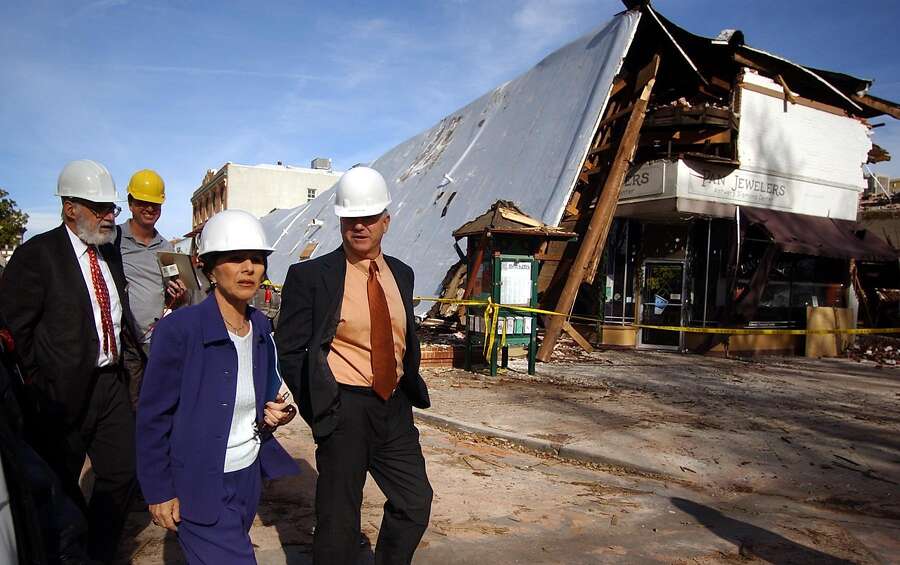
Bay Area Residents Rattled By Morning Earthquakes Near SF Zoo
On Tuesday morning, a string of earthquakes shook the Bay Area, with the largest measuring 4.2 magnitude. The quakes were centered near the San Francisco Zoo, prompting evacuations and rattling residents throughout the region.
Significant Impacts
The 4.2 earthquake struck at 6:36 AM, followed by a series of smaller aftershocks ranging from 2.5 to 3.2 magnitude. The largest quake was felt as far away as San Francisco, Berkeley, and San Jose.
At the San Francisco Zoo, animals were evacuated from their enclosures as a precaution. No animals or zoo staff were injured. However, the quakes caused damage to some exhibits, including cracked windows and broken animal feeders.
In nearby residential areas, several homes reported cracked foundations, broken windows, and fallen objects. One home was severely damaged, but no injuries were sustained.
Geological Context
The Bay Area is located on the San Andreas Fault, one of the most active seismic faults in the world. Earthquakes are relatively common in the region, with an average of one to two significant quakes per year.
The quakes near the San Francisco Zoo occurred within the San Bruno Mountain fault zone, a smaller fault that branches off from the San Andreas Fault. While less active, this fault zone has produced earthquakes that have caused damage to the region in the past.
Response and Preparedness
In the aftermath of the quakes, authorities urged residents to remain vigilant and to be prepared for aftershocks. The San Francisco Fire Department responded to numerous calls for service, including gas leaks and electrical outages.
Emergency management officials reminded residents of the importance of having earthquake preparedness plans in place, including evacuation routes and emergency supplies. They also urged residents to secure heavy objects that could fall during an earthquake.
Varying Perspectives
The earthquakes have sparked varied perspectives among residents and experts.
Some residents expressed concern about the potential for a larger earthquake and the need for better preparedness. Others questioned the effectiveness of evacuation plans and the ability of infrastructure to withstand future quakes.
Seismologists emphasized that while the Bay Area is earthquake-prone, it is impossible to predict when or where a large earthquake will occur. They advised residents to focus on preparedness and to follow official guidance in the event of future seismic activity.
Conclusion: A Reminder of Seismic Risks
The morning earthquakes near the San Francisco Zoo served as a sobering reminder of the seismic risks inherent to the Bay Area. While the quakes caused relatively minor damage, they underscore the need for ongoing preparedness and education.
Residents should have earthquake preparedness plans in place, secure their homes and belongings, and be aware of the potential for aftershocks. By working together, communities can mitigate the risks and ensure a swift and effective response to future seismic events.
Table of Earthquake Data
|---|---|
| Magnitude of largest quake | 4.2 |
| Location | Near San Francisco Zoo |
| Time of occurrence | 6:36 AM |
| Number of aftershocks | Multiple, ranging from 2.5 to 3.2 magnitude |
| Damage | Cracked foundations, broken windows, fallen objects |
| Injuries | None reported |
